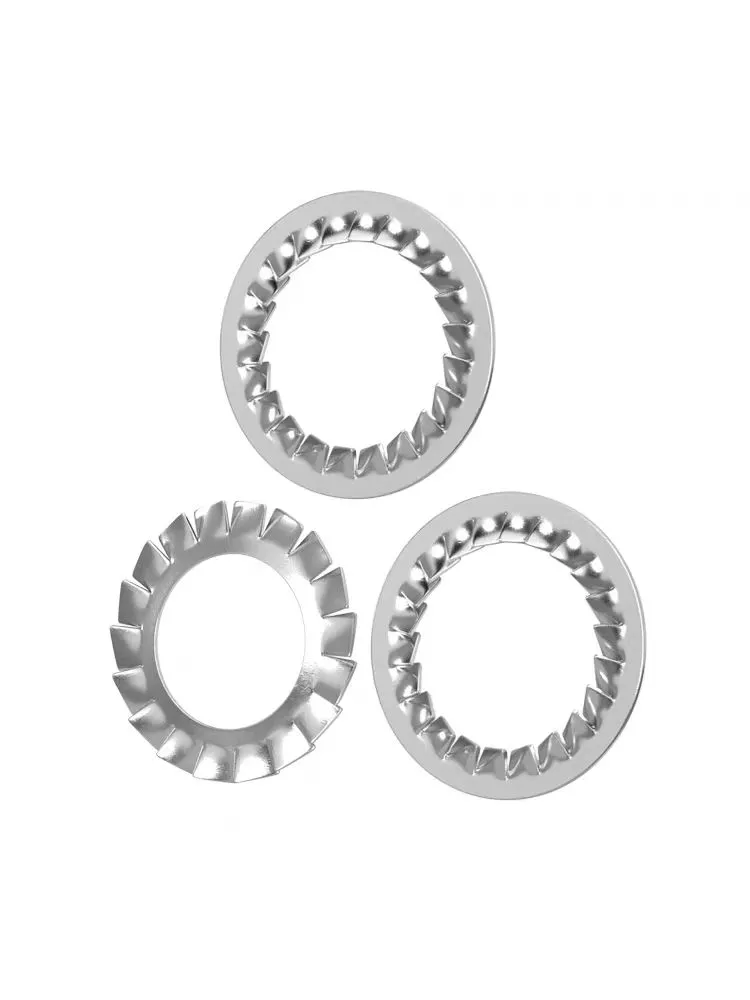

Standard Specification for High Capacity Steel Bolts for Structural Applications
12월 . 26, 2024 16:47 Back to list
Standard Specification for High Capacity Steel Bolts for Structural Applications
Understanding ASTM F3125/F3125M A Foundation for Modern Fasteners
ASTM F3125/F3125M is a critical standard that plays a pivotal role in the manufacturing and use of high-strength structural bolts. Established by ASTM International, this specification covers the requirements for bolts that are integral in construction and structural applications. As industries continue to advance, ensuring the safety, reliability, and effectiveness of fasteners becomes paramount. This article delves into the significance of ASTM F3125/F3125M, its components, and its implications for the construction sector.
Background of ASTM F3125/F3125M
ASTM International is a globally recognized leader in the development of voluntary consensus standards. The F3125/F3125M standard was formulated to address the need for high-strength bolts with specific mechanical properties and dimensions. This specification combines several existing standards, including A325 and A490, into a single comprehensive guideline that facilitates better performance, easier compliance, and higher levels of safety in construction practices.
Key Components of the Standard
The ASTM F3125/F3125M standard outlines several essential requirements, including
1. Material Specifications The standard defines the types of materials that can be used for the bolts, ensuring they have the appropriate strength and durability. Common grades specified are A325 and A490, designed to meet the mechanical demands of heavy-load applications.
2. Mechanical Properties One of the primary focuses of the standard is to establish the mechanical properties required for high-strength bolts. These properties include tensile strength, yield strength, and elongation, ensuring that bolts can withstand the stresses imposed on them during use.
astm f3125 f3125m

3. Dimensions and Tolerances The standard provides precise dimensions and tolerances for bolt sizes, which are crucial for ensuring compatibility and proper fit within structural assemblies. Adhering to these specifications helps prevent issues related to assembly and enhances overall structural integrity.
4. Coatings and Finishings ASTM F3125/F3125M specifies certain coating and finishing requirements to enhance the corrosion resistance and durability of the bolts. This aspect is particularly important for bolts used in challenging environments, such as marine or industrial settings.
5. Testing and Certification Compliance with ASTM F3125/F3125M mandates rigorous testing procedures. Manufacturers must ensure their products are tested for mechanical properties, and only those meeting the specified criteria can be certified for use in construction projects.
Implications for the Construction Industry
The adoption of ASTM F3125/F3125M offers several benefits for the construction sector. Firstly, it promotes a higher level of safety and performance, as the use of standardized high-strength bolts reduces the risk of failure in structural applications. This standardized approach streamlines the procurement process, allowing engineers and contractors to have confidence in the products they use.
Moreover, as construction projects become more complex, the reliance on these standardized specifications aids in maintaining consistency and quality throughout the supply chain. By adhering to ASTM standards, companies can reduce variability, ensure traceability, and enhance accountability in their projects.
Conclusion
In conclusion, ASTM F3125/F3125M serves as a cornerstone for high-strength structural bolts, providing essential guidelines that ensure safety, performance, and quality in construction. As industries continue to evolve, the importance of complying with such standards will only grow, driving innovations and enhancing safety protocols. Understanding and implementing these standards is vital for stakeholders in the construction sector, ultimately contributing to the development of safer and more resilient structures.
Latest news
-
Hot Dip Galvanized Bolts-About LongZe|High Strength, Corrosion Resistance
NewsJul.30,2025
-
High-Strength Hot Dip Galvanized Bolts - Hebei Longze | Corrosion Resistance, Customization
NewsJul.30,2025
-
Hot Dip Galvanized Bolts-Hebei Longze|Corrosion Resistance&High Strength
NewsJul.30,2025
-
High-Strength Hot-Dip Galvanized Bolts-Hebei Longze|Corrosion Resistance&High Strength
NewsJul.30,2025
-
Hot Dip Galvanized Bolts-Hebei Longze|Corrosion Resistance&High Strength
NewsJul.30,2025
-
Hot Dip Galvanized Bolts - Hebei Longze | Corrosion Resistance, High Strength
NewsJul.30,2025

